The Lifecycle of the Typical American Car
Many people feel sentimental about their cars. The feeling of driving a new vehicle is often exhilarating, but for many, the bond they form with their car strengthens over time. While a new vehicle may eventually lose its novelty, the sentimental value of a cherished car only grows stronger. Furthermore, even as a vehicle starts showing signs of wear and tear, its driver often still sees it as beautiful and unique.
The typical American car undergoes a long and complicated life cycle, beginning with the design and development stage, where the vehicle's conception and creation begin. It then proceeds to the production stage, where the car is built and assembled. Next comes the marketing and sales stage, where customers get to purchase the vehicle. Finally, the car reaches the end of its life cycle when it's retired from service and scrapped. Here's a closer look at the typical lifespan of an American car from initial purchase to final disposal:
Design and Development
Designing and developing a new car typically takes several years before it reaches consumers. The first step is to create an idea for a new vehicle model that leads to its initial design. After that, engineers work on specifications to ensure it functions properly and meets all emissions and safety requirements. Automakers create prototypes before they begin mass production to verify everything goes according to plan. The production stage of the life cycle can also take several years. During this time, factories produce large numbers of cars to meet consumer demand and earn cash for cars.
Production
The production process goes through three main parts: body, paint, and trim. The car's body consists of several fusions from different components. The vehicle's skeleton is the frame and consists of two parts: the uni-body and the chassis. The uni-body is the main body of the car, and it contains the car's structural components. The chassis is a frame that supports the engine, transmission, and other parts.
After the frame is complete, they add the body panels. These panels come from steel or aluminum and give the car its shape. Next is the installation of interior components such as seats, door panels, dashboards, and carpets. Once they complete the interior, adding exterior features such as headlights, taillights, and mirrors commence. Finally, decals or badges are applied to give the car its final look.
Sales and Marketing
Sales and marketing are essential to the life cycle of a typical American car. It's responsible for generating interest in the product and convincing potential customers to purchase it. The sales process begins with advertising and ends with negotiating and signing a sales contract.
After designing and building a car, the next step is selling it. To do this, manufacturers hire people responsible for advertising and marketing the product. These individuals work to create awareness of the car among potential customers and generate interest in it. They may use various methods such as print or television ads, online ads, or attending auto shows to reach their target audience.
Once potential customers are aware of the product, it's time for the sales team to step in. Salespeople work to convince customers to purchase the car by highlighting its features and benefits. They will also negotiate on price and terms of sale before finally closing the deal with a signed contract. The role of marketing and sales doesn't end there, however. Even after a car has been sold, both departments continue to work together to promote customer loyalty and satisfaction. They may do this through follow-up phone calls or surveys, organizing events like test drives, or offering incentives like discounts or coupons.
Post-Sales Service
Ultimately, the life cycle of a typical American car splits into four phases: pre-sale, sales, post-sales, and end-of-life. Research and development, marketing, and advertising make up the pre-sale phase, while sales activities include financing, purchasing, and leasing. Post-sales activities include repairs, maintenance, and customer service. End-of-life activities include recycling and disposal.
Pre-sale activities are focused on creating interest in the product and generating leads. Marketing efforts during this phase might include television commercials, online ads, direct mail campaigns, and test drives. The goal is to develop as much interest as possible so that potential customers will visit a showroom or dealership when the product launches.
During the sales phase, the focus is on converting leads into customers and earning cash for cars. Dealerships work to close as many deals as possible at this time. Activities might include offering incentives like low financing rates or extended warranties. Customers who purchase a vehicle during this phase will also form an opinion of the brand based on their experience with the dealership staff and the car itself.
After the sale is complete, post-sales activities take over. These efforts aim to keep customers happy with their purchases and maintain loyalty to the brand, ensuring they earn cash for cars. If something goes wrong with the vehicle or the customer has a question or concern, it's essential that they feel like they can reach out to someone who will help them resolve the issue quickly. Handling maintenance and repairs typically occur during this phase. Most new cars come with some type of warranty that covers these services for a certain period after purchase.
Depreciation
Depreciation is another essential part of the life cycle of a typical American car. Over time, cars lose value as they are used and become less desirable to buyers. This loss in value is called depreciation, and it can significantly impact the car's resale value.
Many factors contribute to depreciation, including the make and model of the car, its age, mileage, and condition. Vehicles that are heavily used or not well-maintained will also depreciate more rapidly. A vehicle's depreciation rate can vary greatly depending on these factors, but all cars will eventually lose value. The best way to minimize depreciation is to choose a vehicle that is likely to hold its value over time and to take good care of it throughout its lifespan.
Eventually, all cars come to the end of their useful lives and are retired from service. At this point, they are typically scrapped for parts or simply thrown away. According to Recycle Nation, approximately 12 million vehicles are recycled in the U.S. annually. It marks the end of their life cycle but also completes a very long and complicated journey for most American cars.
For more information on vehicles in the U.S. and how you can receive cash for your car, don't hesitate to reach out to the professionals at Big Boy Cash For Junk Cars.


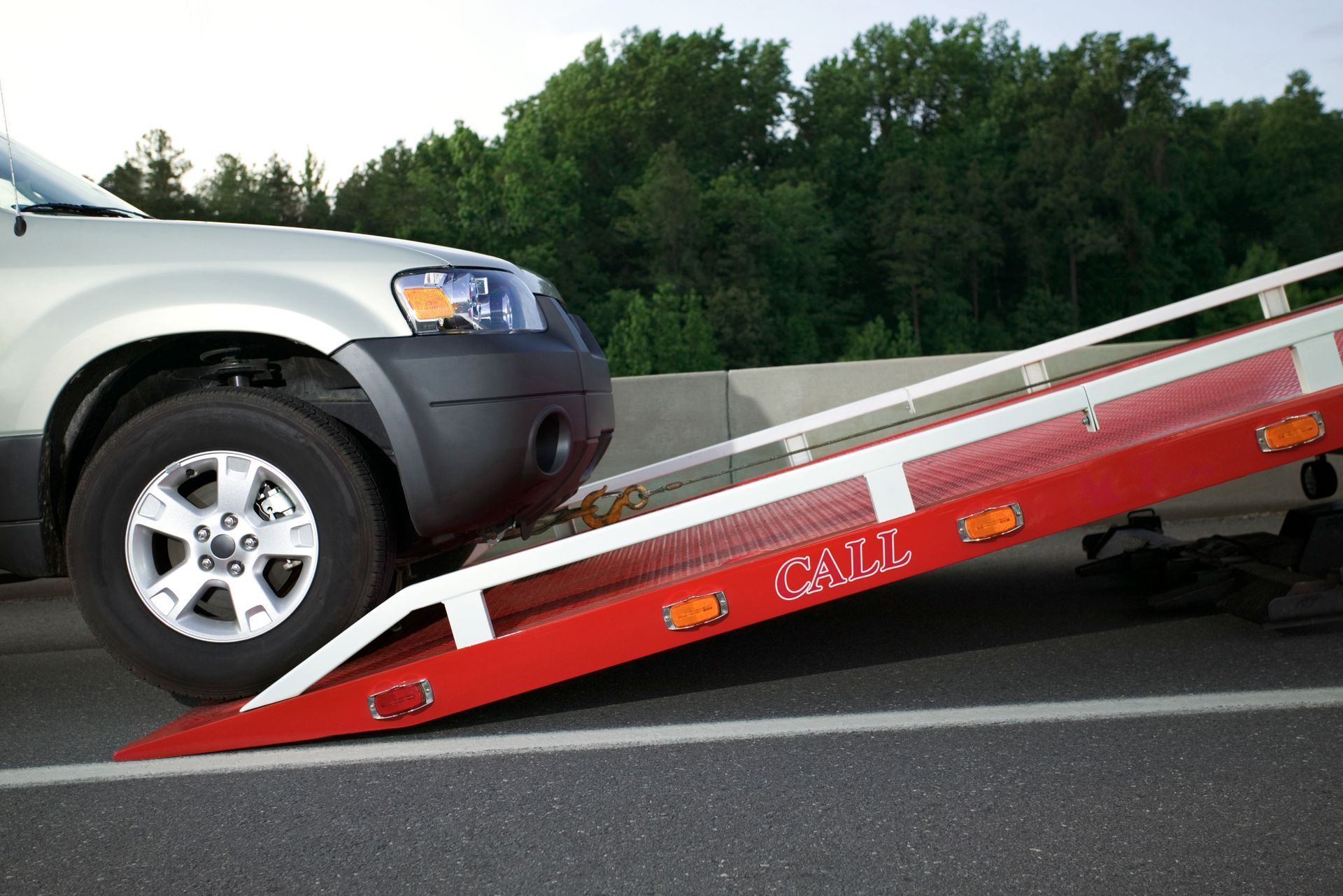


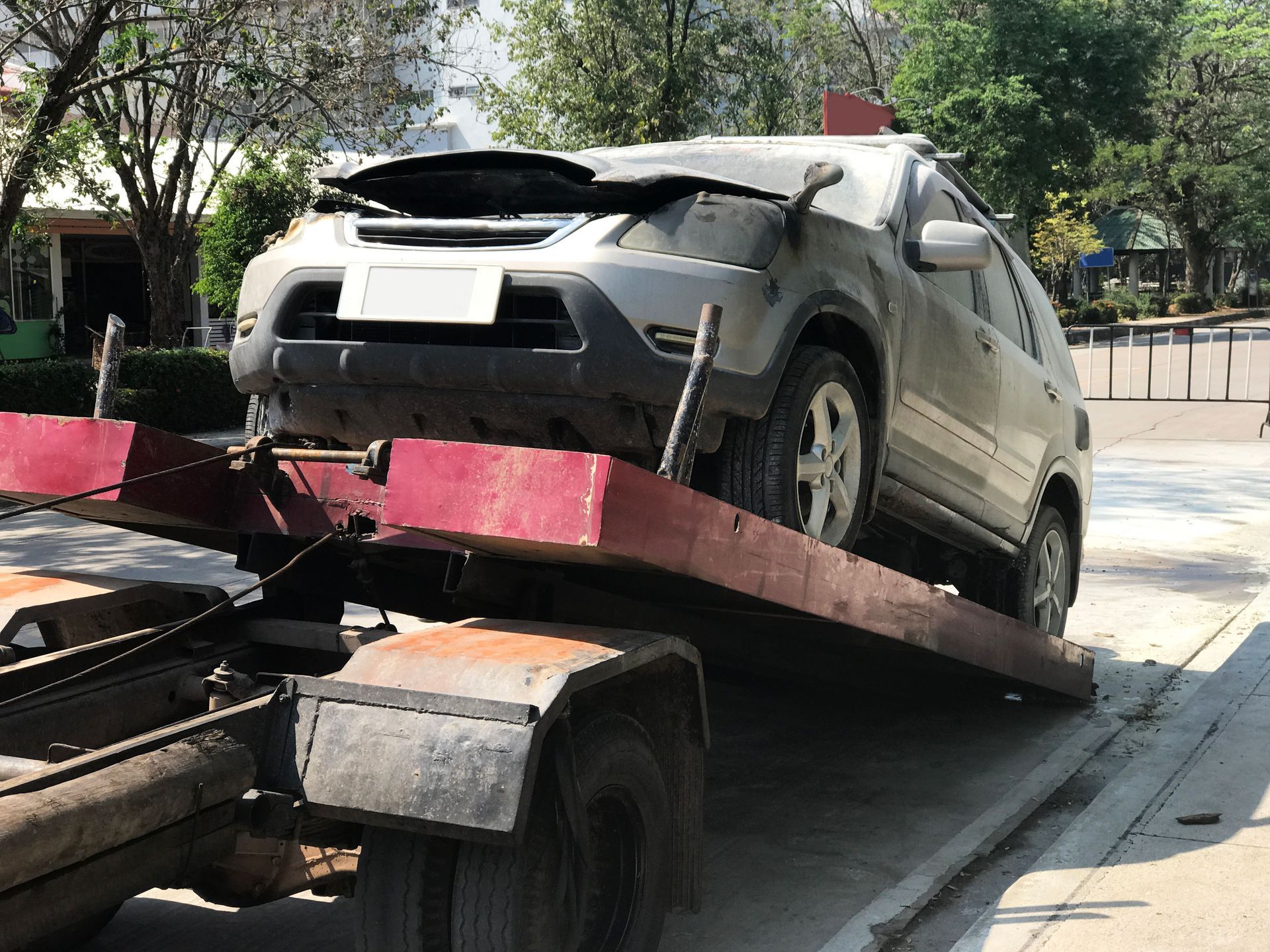

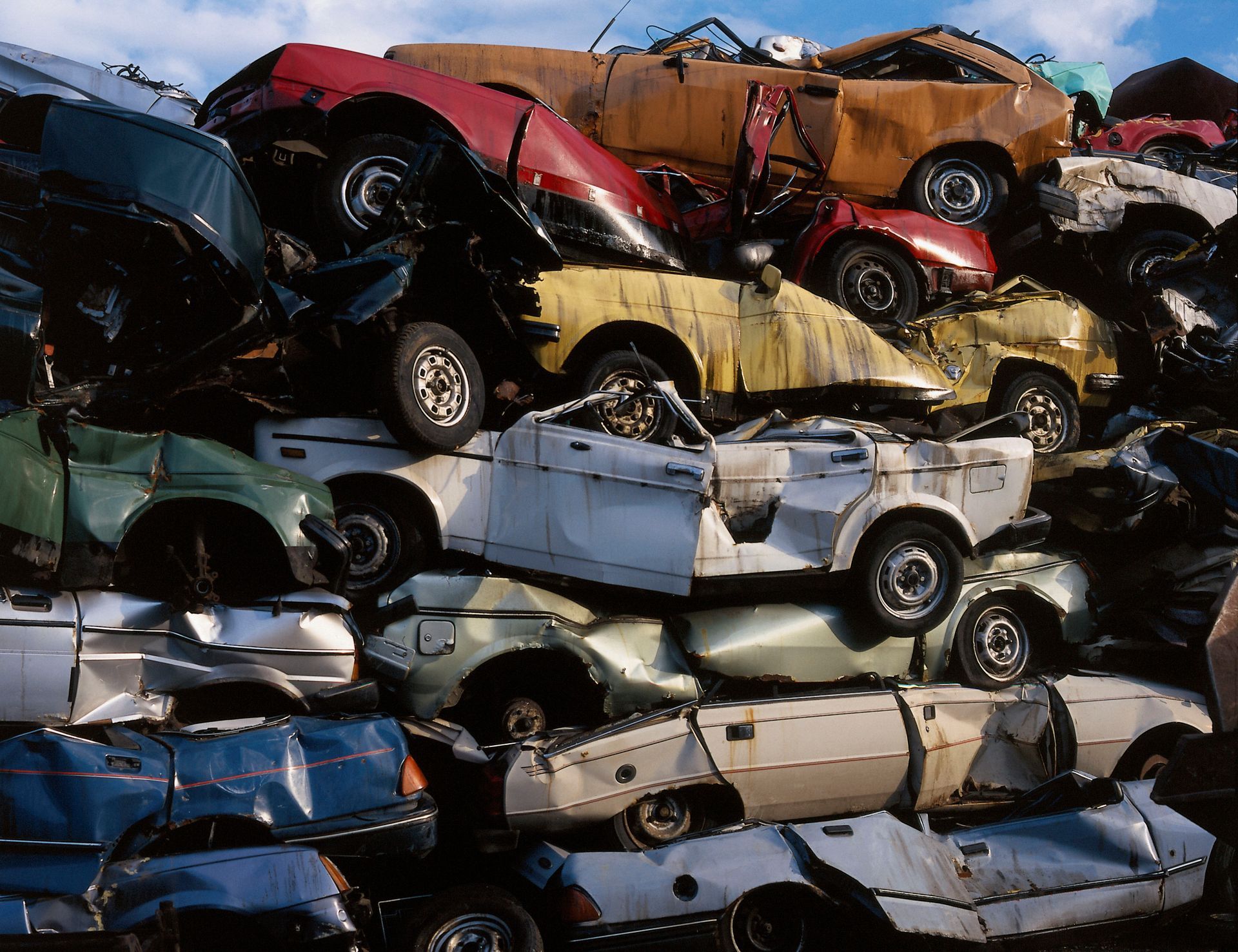
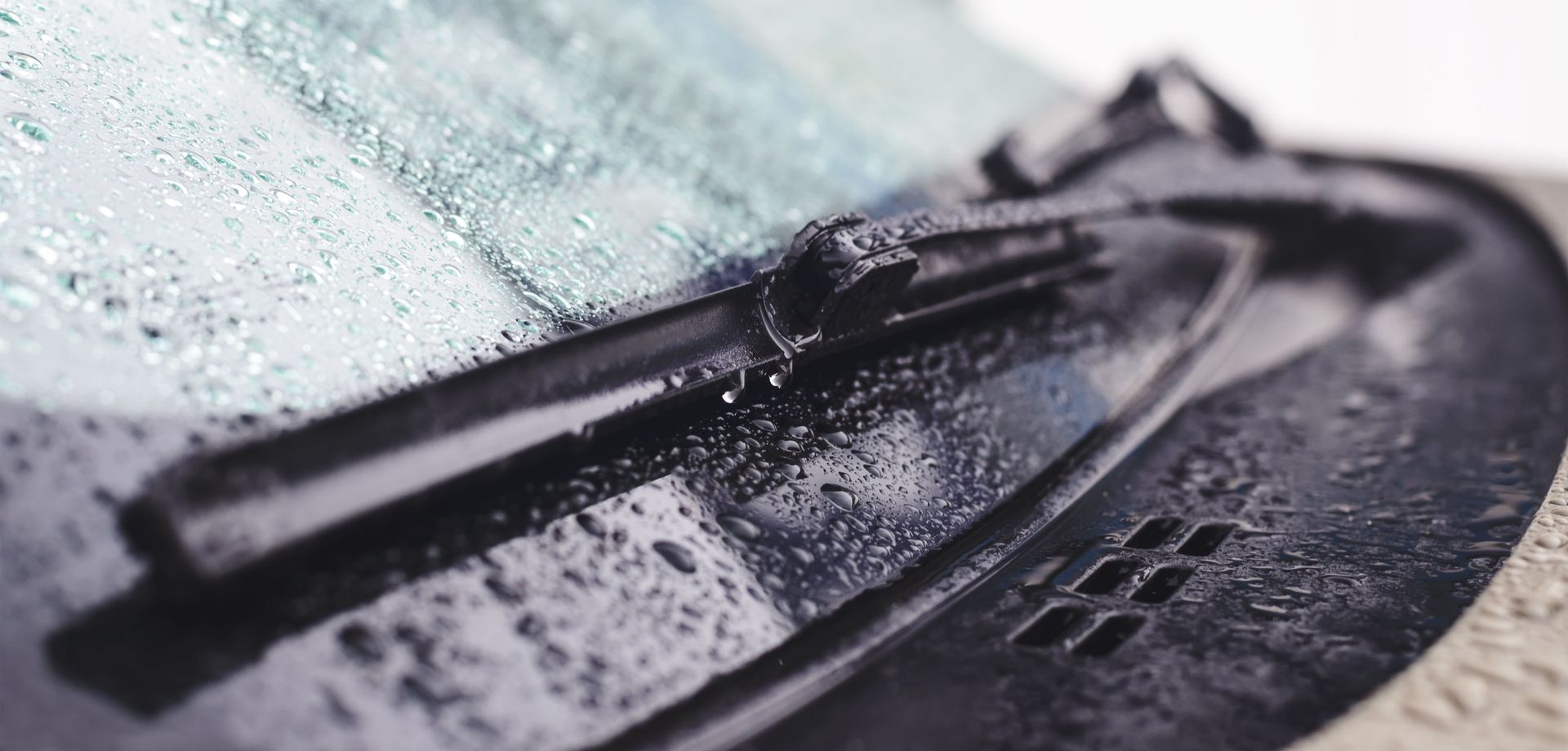

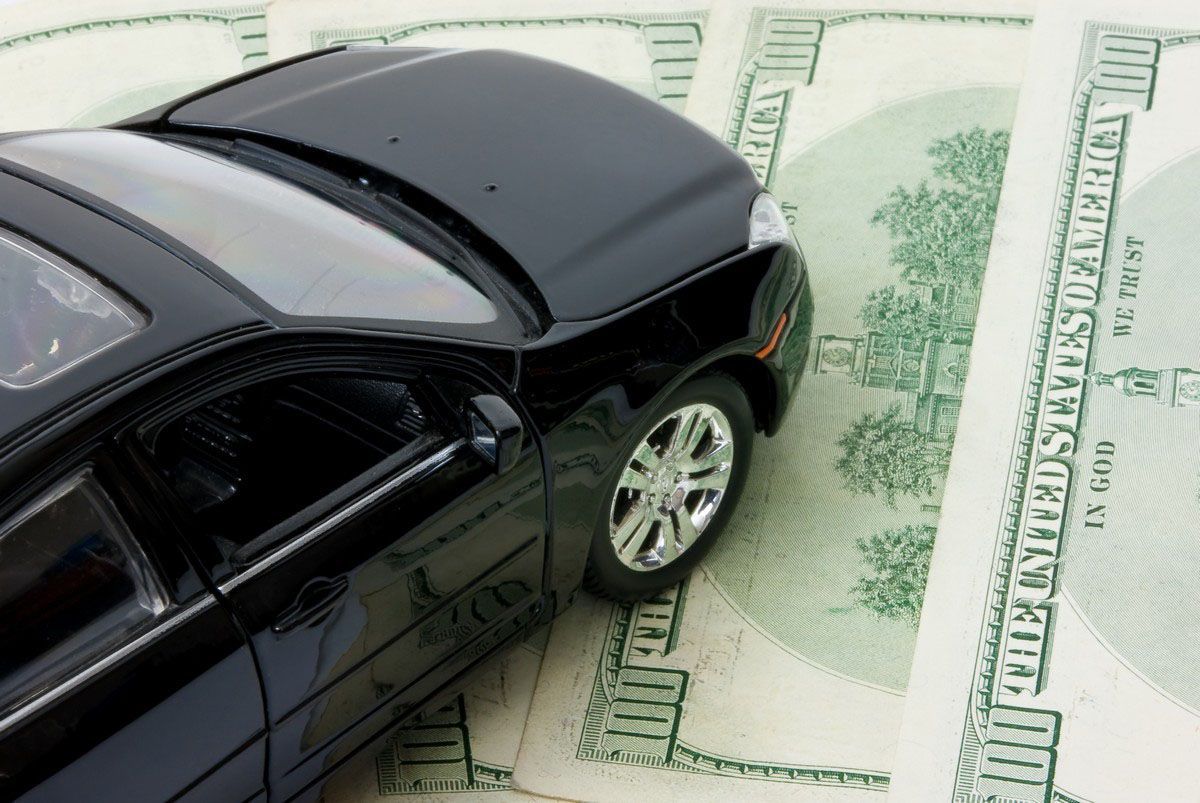
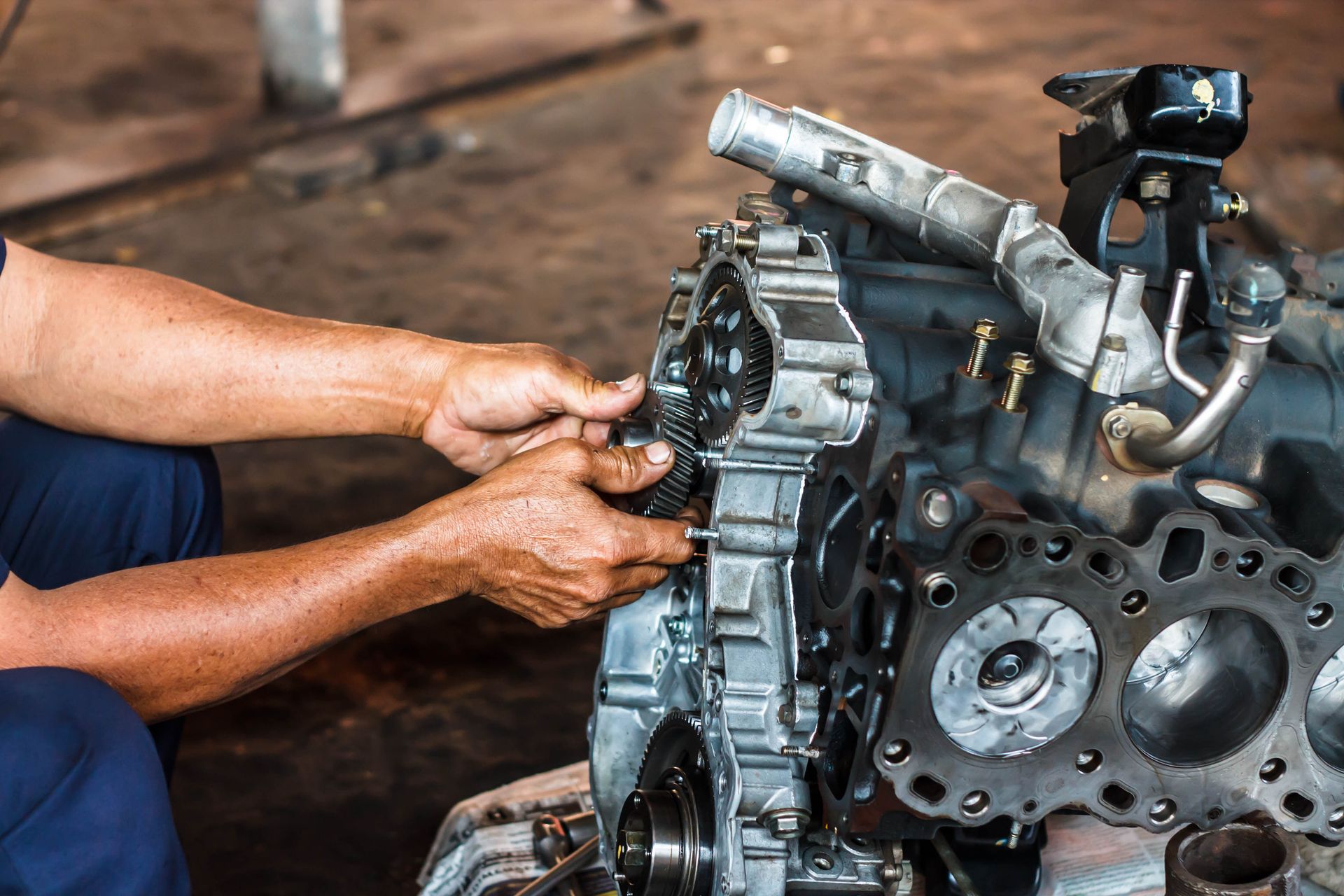
Share On: